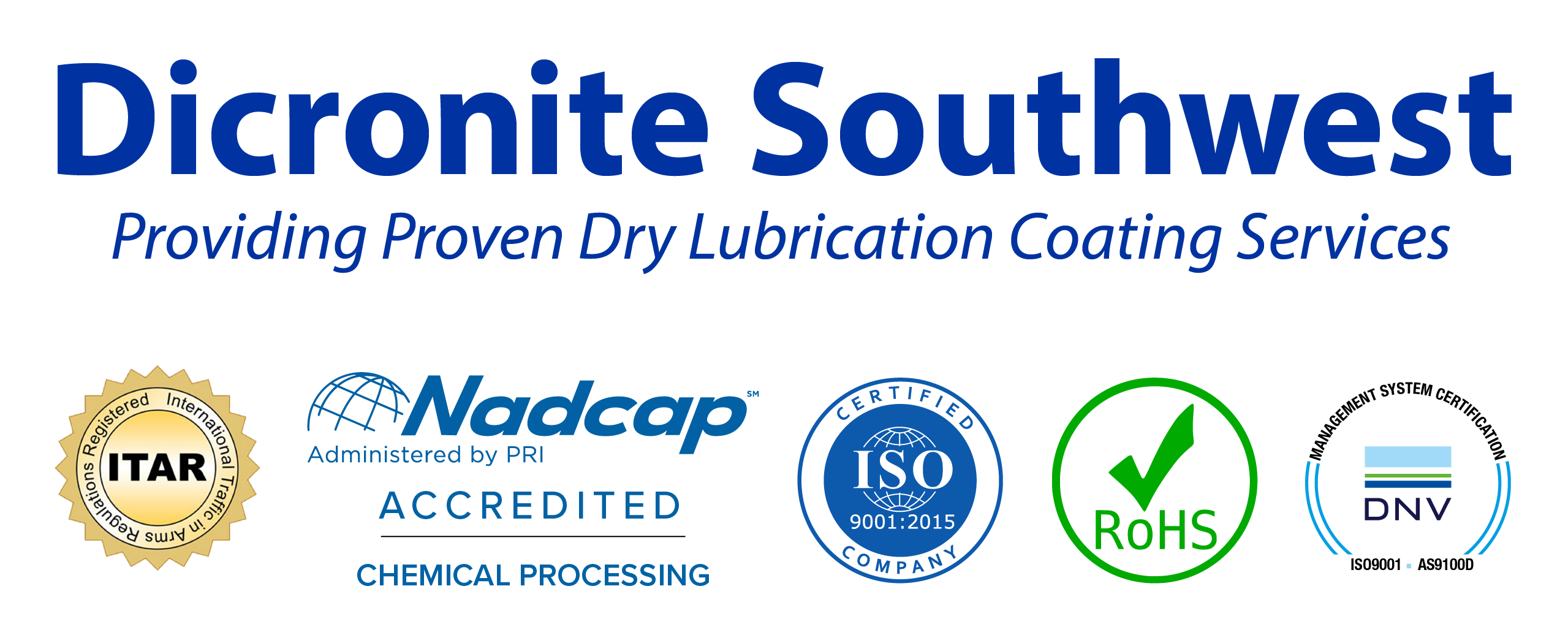Situation:
• A major valve manufacturer wanted to reduce torque in the rotating components and mating surfaces, while still maintaining sealing capability at the mating surfaces. The manufacturer provides a range of valve types to a variety of industries and wanted a solution that could work across different environmental conditions.
Key operating requirements included:
• Ability to operate across cryogenic to high temperatures
• Chemical resistance – fluid and gas; radiation resistance
• Compatibility (non-explosive) with liquid and gaseous oxygen, rocket propellant and other explosive materials
• Compatibility with valve seating materials (elastomers, plastics, etc.)
• Dicronite dry lubrication was introduced resulting in lower torque, and less wear and maintenance without compromising seal integrity
Testing:
• To demonstrate Dicronite dry lubrication’s benefit, a test fixture was constructed and a series of tests were run comparing the current situation (un-lubricated steel rotating against un-lubricated steel) with Dicronite dry lubricated surface rotating against un-lubricated steel.
• The load on the fixture was progressively increased while measuring the torque required to rotate the stem.
Results:
• As shown below, the addition of Dicronite dry lubrication to the rotating surface decreased the required torque by more than 25%. This resulted in increased valve life and decreased valve wear. In addition, Dicronite dry lubrication met the manufacturer’s other operating requirements with its:
• Chemical resistance, radiation resistance.
• Compatibility with liquid/gaseous oxygen and rocket propellants.
• Compatibility with all metallic substrates, plastics and elastomers.
• Dicronite dry lubrication is widely used in the moving (stems, actuators, balls, etc) and mating (seats, discs, seals, etc) valve components.
